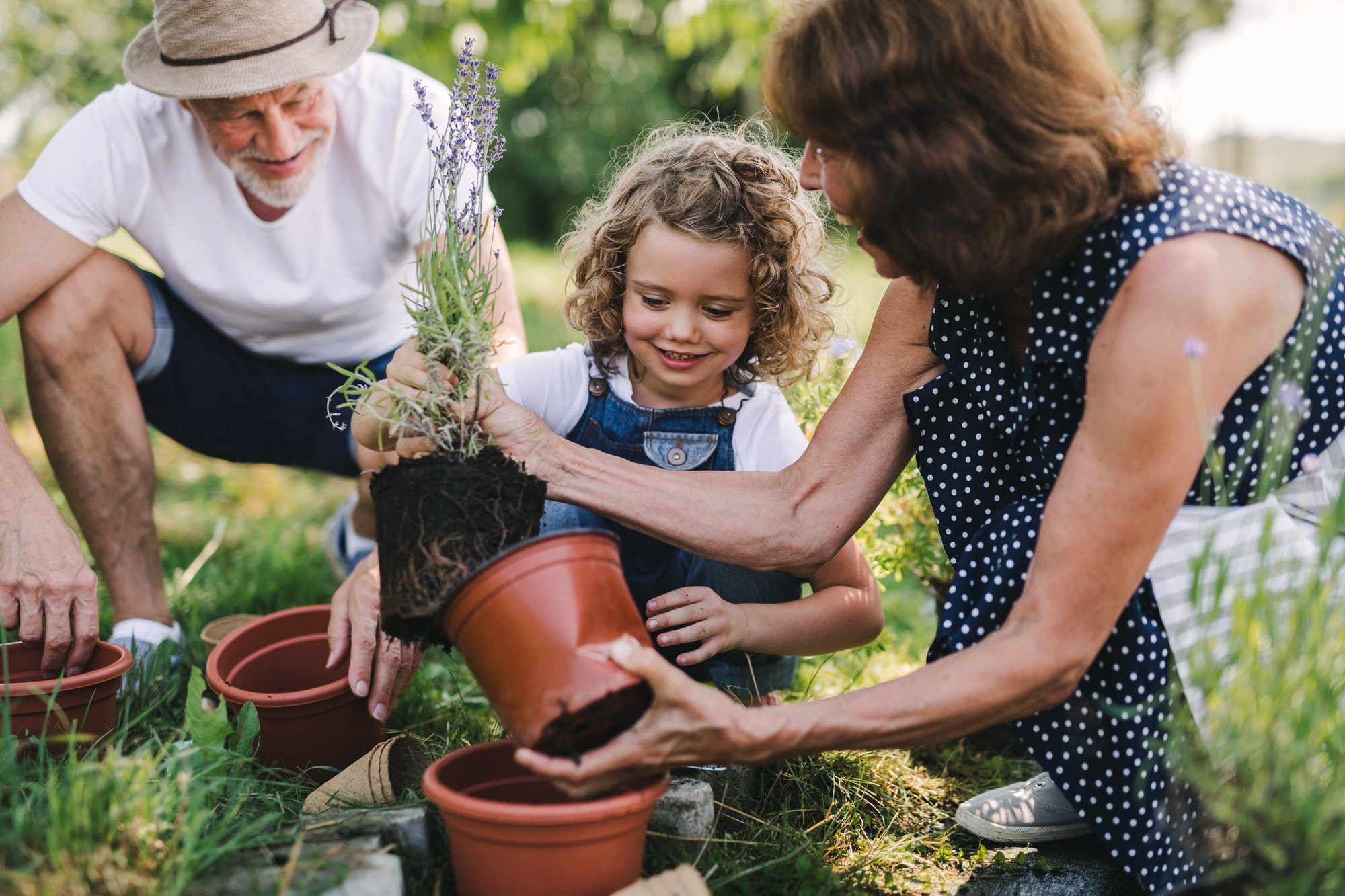While home gardens are a fantastic way to get your hands on a variety of fresh and nutritious foods, they also have many other benefits. Having a home garden can be a cost-effective way to get a diverse diet of plant and animal foods. Not only do home gardens provide fresh produce, but they also help increase your dietary diversity and boost bioavailability of nutrients. In fact, some studies show that home gardens increase the life expectancy of the family by up to four years.
First, you’ll need to choose what kinds of vegetables to grow in your home garden. Make sure to consider your own preferences and the amount of sunlight you have in your backyard. Tall vegetables, for example, should be planted on the north side of your garden, so that they will not shade out shorter vegetables. You can also divide your vegetables into different rows based on their maturation – plant fast-maturing veggies between large ones. If your space is limited, try planting vine crops nearby a fence.
Food production from home gardens is crucial for subsistence families, especially women. In developing countries, home gardens can contribute to household income and food security. According to a recent report by Hoogerbrugge and Fresco, nearly half of the food consumed in homes is grown in home gardens, and a third of that comes from the market. In Tajikistan, home gardens are important and provide a valuable supplement to household sustenance.
Moreover, plants are an important source of medicine and biological pesticides. Throughout the world, home gardens grow herbs and medicinal plants that are used by people to treat various ailments. Almost 80% of people use medicinal plants, including herbs. And a generous percentage of home gardening plants are medicinal in nature. Choosing the right plant to grow will help you save money on medicines and treat common health problems. This article contains affiliate links, which may generate compensation.
In addition to the benefits of home gardening, it’s also a great way to relieve stress. Many people who grow their own food find it therapeutic to work less or relax after a stressful day. And for children, the science behind plant growth and development is an important part of home gardening, making it the perfect substitute for stressful workdays. There’s nothing like the satisfaction of picking fresh ingredients from your own yard! The benefits of home gardening are immeasurable.
While home gardening involves growing food for your own consumption, it also offers a great way to improve the environment. In addition to producing your own food, home gardens also offer habitat for native plants and animals. By nurturing plants and maintaining them, you can provide fresh, organic vegetables and fruits to your family. It’s also much cheaper than buying them at the grocery store. This hobby is perfect for anyone looking to go green, save money, and be healthier!
Home gardens can be a great way to address food insecurity, and have been adopted by a variety of different organizations. Many of today’s garden ideas come from the traditions of the past. Early Americans practiced small-space agriculture, and home gardens today are often filled with edible plants. In addition to this, home gardens also contribute to a household’s energy needs and nutrient content. In a pioneering research study, home gardens contributed to 18% of the caloric and protein requirements.
Before planting, it’s important to make sure that the soil you’re using is suitable for the type of plants you’re growing. In addition to choosing your own plants, you’ll need to learn how to properly water them. While seedlings do not require daily watering, some need more frequent or less watering. In either case, watering the soil gradually and thoroughly allows the plant roots to fully absorb the water. Experiment with various irrigation techniques to find the one that works best for you.
Shrubs and trees require more maintenance than other types of plants. For example, shrubs require pruning periodically. However, they can tolerate a shaded area. Vines and flowers, on the other hand, require training and maintenance. They must be positioned in such a way that they grow upwards. They will bring color to your spring garden, and their leaves will add beauty to your fall garden. A well-maintained tree will be a permanent feature in your yard.
